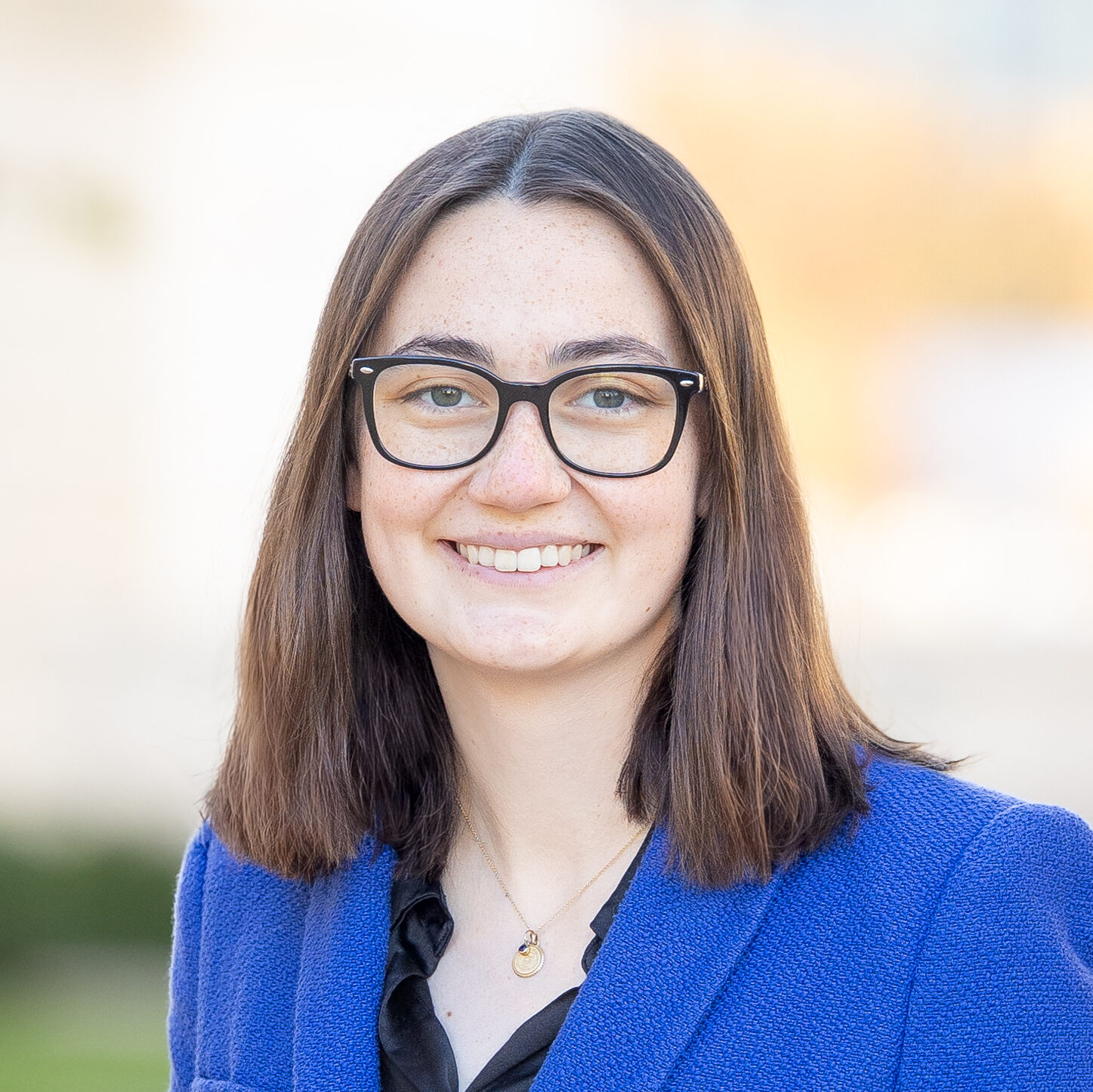
Municipal Property Tax Assessment Financing

I say we implement the “Berkeley First Plan” a municipal bond program.
Municipal Property Tax Assessment Financing
Removing Key Barriers to Residential Solar
JD Polk
February 2009
ABSTRACT: This paper outlines a new residential solar financing option, and provides a policy primer on how to replicate the model in cities and towns across America. The financing mechanism, known as the Berkeley Financing Initiative for Renewable and Solar Technology(FIRST) model, allows property owners to roll the price of a residential solar installation into a 20-year increased property tax assessment. In this model a city or county authorizes municipal bonds to cover the capital costs of the renewable energy projects.
The FIRST model represents a breakthrough in residential solar deployment by removing a key barrier to solar adoption: high upfront capital costs. This voluntary, opt-in property tax assessment model has the potential to dramatically increase the penetration of residential solar systems, helping municipalities achieve renewable energy generation and climate change goals. In this paper the benefits and challenges of the model, both to property owners and to municipalities, are explained. The paper concludes with a policy discussion of the steps needed to implement this financing tool in other jurisdictions.
Introduction
Innovations in the financing of solar systems are as important to market adoption of solar
installations as innovations in solar technology. In this paper we explore a new financing
method currently being deployed in Berkeley, California that will allow consumers to purchase solar for their homes and businesses with very little, if any, up-front capital cost. The Financing Initiative for Renewable and Solar Technology (FIRST) model has the potential to spur widespread adoption of small-scale solar systems (as well as energy efficiency retrofits) in U.S. homes and small businesses. The purpose of this paper is to describe this new finance tool, noting its benefits and potential pitfalls, and to provide policy makers with a primer for implementing this option in additional communities across America.
The Berkeley FIRST Model
In 2007, residential solar energy systems in Berkeley, California were selling for roughly
$12,000 – $40,000 for a 2 -5kW system, and throughout the city approximately 400 solar
photovoltaic (PV) systems, averaging 2.6 kW, had been installed on homes. Adoption of solar was progressing, but not at a pace fast enough to help Berkeley meet its voter-adopted climate change goal. City officials, led by Cisco DeVries, the then-Chief of Staff to Mayor Tom Bates, decided that the local government should intervene to speed up the shift to renewable sources of energy. What emerged was the Berkeley FIRST program.
“We needed to find a way to help people finance solar and energy efficiency programs in a way that eliminated the high upfront cost,” said DeVries. 2 The FIRST program is a property-tax assessment program that allows property owners – both residential and commercial- to pay for the installation of solar systems (electric or thermal) and energy efficiency improvements to their buildings through their property tax bills, spanning a twenty-year duration. Under the program, individuals wishing to install solar will still contract directly with qualified private solar installers. Rather than paying the up-front cost of the solar system, the customer will instead opt-in to the City’s FIRST financing program and pay a bi-annual assessment bundled into their local property taxes that covers the project’s costs, including fixed interest rates and administrative fees. Berkeley’s analysis shows that for many residents, the yearly assessment will be less or equal to the electricity savings throughout the year.
The City of Berkeley will be able to provide the upfront funds for the solar and energy efficiency projects by issuing taxable municipal bonds, which will be reimbursed as participating property owners, pay their tax bills for the subsequent 20 years. The basic principal of the program is that solar should be financed like most capital-intensive purchases these days – a new car, a major
home repair – through long-term payment plans that alleviate much, if not all, of the up-front capital expense.



















